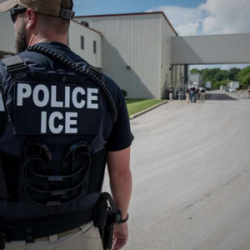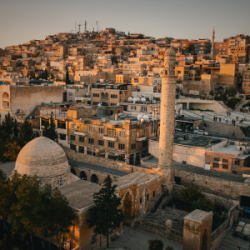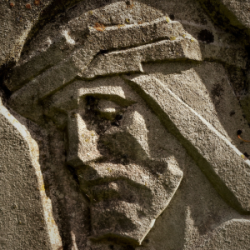Welcome readers! Please subscribe through the buttons on the right if you enjoy this post.

In the gospel of John, we read:
“Jesus said to her, ‘I am the resurrection and the life.’” (John 11:25)
What is the social truth that the gospels are trying to communicate by including resurrection at the end of the Jesus story? I believe it’s the truth, the hope, that life can triumph over death, even when that death is inflicted by those who control and benefit from a system of injustice and exclusion.
The hope of the resurrection is no different from the gospel that Jesus announced throughout his life and teachings: life can triumph over death-dealing. I want to be very clear here though. I don’t believe that triumph is automatic. We have to choose life and life-giving ways of organizing our society for life to ultimately triumph over systemic death and death-dealing. The elite, in their treatment of Jesus, revealed they were deeply threatened by the kind of egalitarian community Jesus taught.
The Jesus stories teach life values that have the potential to expose our political, economic, and religious systems when they are more aligned with death and death-dealing than life, justice, compassion, inclusion, equity, and safety. Politics, economics, and religion can all become veiled forms of violence driven by fear that others will take what we desire rather than being the means through which we create a world where the sun shines and the rain falls on all in distributively just ways. Religion, too, can become the means of othering those who are different, an elaborate system of sacrifice that creates victims to give us hope. Political death-dealing becomes justifiable or, at least, seems inevitable, economic death-dealing becomes the wisest way to govern our resources, and then religious death-dealing based on the fear of the divine inspires us to marginalize others to keep our gods happy.
But Jesus announced that he was the resurrection and the life. He came calling us to a new human community, a distributively just community that shares with those who do not have and practices mercy for another rather than “sacrifice.” (See Systems of Sacrifice) Such a community would reject the systemic violence of inequity. Those benefiting from inequity always see these types of communities as a threat. Jesus’ gospel is not good news to them; it promises to take from them much of what they think defines their value and keeps them secure. Everyone has enough to thrive. Pilate, Caiaphas, Herod, and the elite sectors of society these characters represented did not perceive Jesus’ gospel as good news. Maybe this is why so much of Jesus’ message has been coopted since then to focus on postmortem heaven rather than challenging and transforming systemic injustice in our present world, here, now, today. Consider the three characters of Pilate, Caiaphas, and Herod in the following passage from the gospels stories:
“Then they took Jesus from Caiaphas to Pilate’s headquarters. It was early in the morning.” (John 18:28)
“That same day Herod and Pilate became friends with each other; before this they had been enemies.” (Luke 23:12)
“Now the chief priests and the elders excited the mob to ask for Barabbas and to have Jesus killed.” (Matthew 27:20, emphasis added)
The political climate in the United States has revealed that the masses can use their power to stand up to injustice, and they can also be manipulated by people in power to promote death and oppose life.
We’ll discuss that next.













